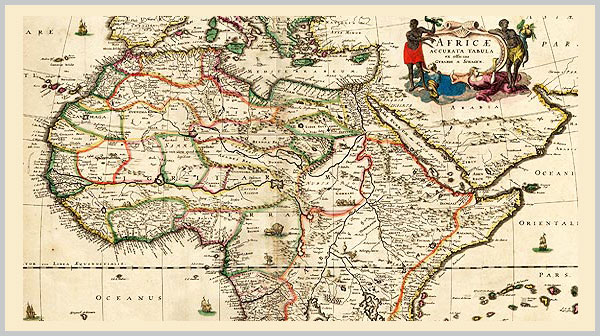
Spotlight on Africa
The rapid human population growth in Africa is creating severe impacts on wildlife. Africa’s population growth, along with Asia’s, is the fastest on the planet. While the average number of children per woman worldwide is three, in Africa it is six. The continent’s population in 1994 was 700 million and growing by 3 percent a year, enough to double in just 23 years.
Some of the results of this rapid growth are the following:
Land has been degraded from the overgrazing of livestock, deforestation for fuelwood and cultivation, and poor agricultural practices. Wind and water erosion have decreased food production on over 1 billion acres.
Between the 1970s and late 1980s, per capita food production fell in 35 out of 47 countries surveyed by the United Nations.Water supplies per person have fallen. In 18 African countries, water supplies are less than half what they were in 1955.
What happens to wildlife when people’s basic needs for food and water are not met? People who cannot make a living wage, illegally kill wildlife to sell it for profit. If people cannot grow enough food, they must kill the prey on which wild predators depend. Lack of resources heightens civil unrest, and both animals (such as the mountain gorillas) and their habitat can be victims of war.
Can you think of some other consequences for wildlife as a result of widespread poverty?
Related Topics:
Case Study on the Black Lemur
Case Study on Black Rhinoceros
Case Study on Elephant
Case Study on Dwarf Crocodile
Case Study on Mountain Gorilla
Explore:
Click here for Endangered Species Classroom Activities
Click here for Endangered Species Classroom Glossary